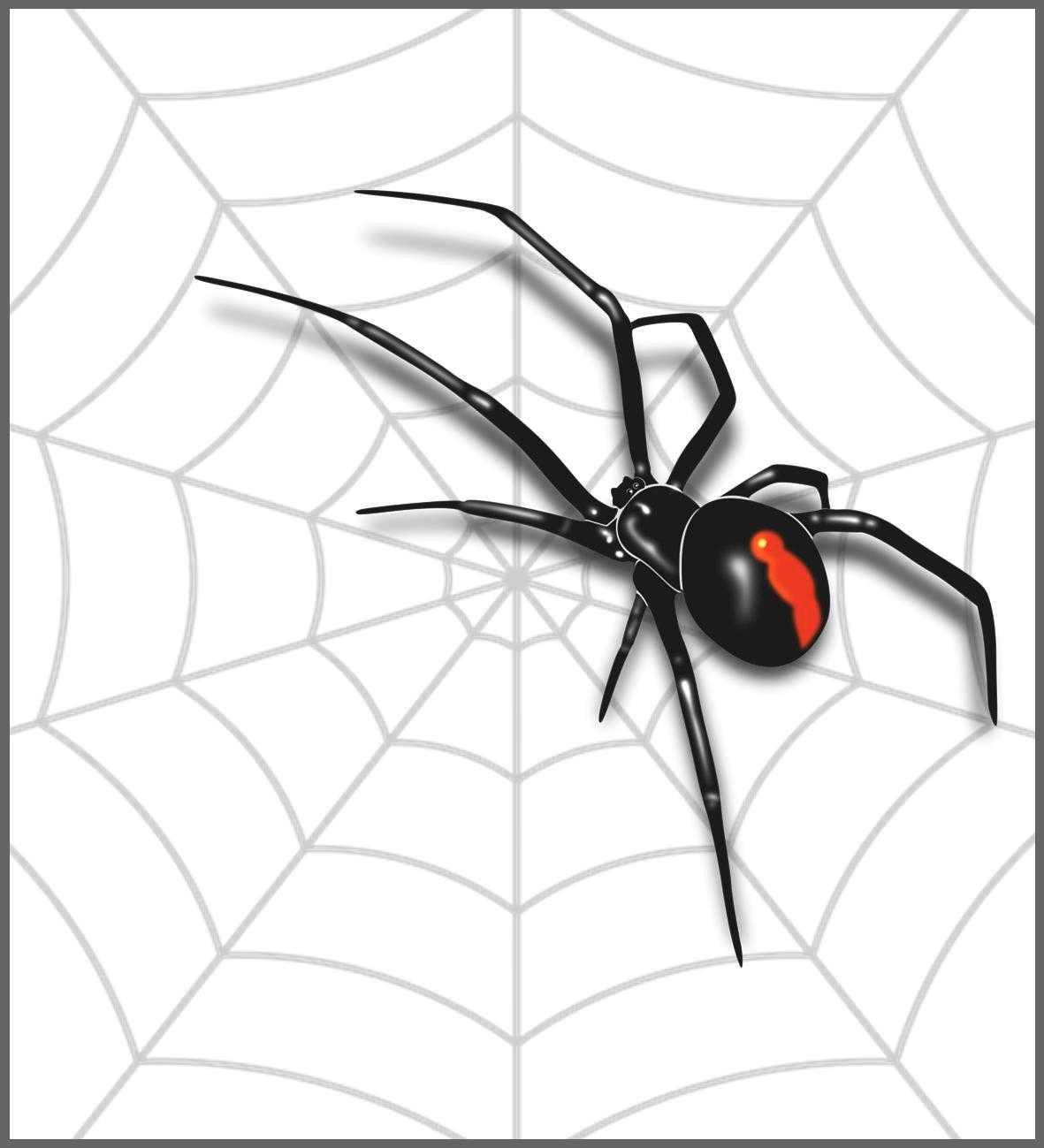
The World of Arachnids
There are many legends and confabulations in the collective consciousness, which are often harmful towards these useful creatures. Fear of spiders mostly results from a lack of information, because we fear what we do not understand. That is why we organize educational-natural exhibitions to change this unfair state of affairs. Spiders are our friends and an important part of the ecosystem. They eat insects that make our lives miserable. When we see a spider in our home, we often react phobically. This turns out to be completely unnecessary, because the presence of a spider means that our home is free from chemical pollution. Spiders are very sensitive to chemicals. Well, happy the home where spiders galore.
Theraphosa blondi
The Goliath birdeater (Theraphosa blondi) is the largest arachnid in the world. It can grow up to 12 cm in body length and 30 cm in leg span, and can weigh up to about a quarter of a kilogram. It is native, among others, to Brazil and Venezuela, and its diet consists of insects, lizards, frogs, snakes and even small birds. Some female Goliaths reach the impressive age of 25, males only live 3-6 years.
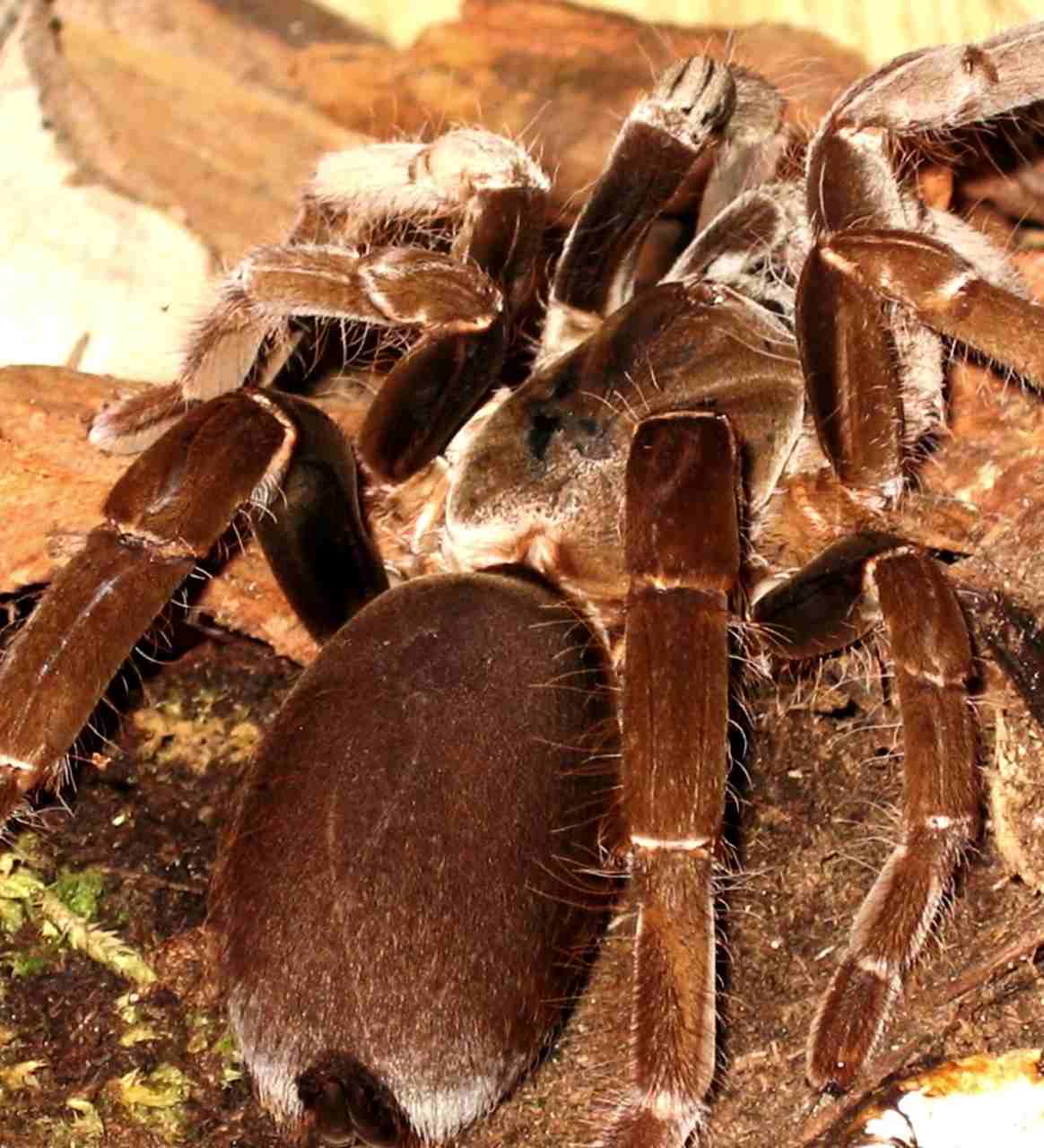
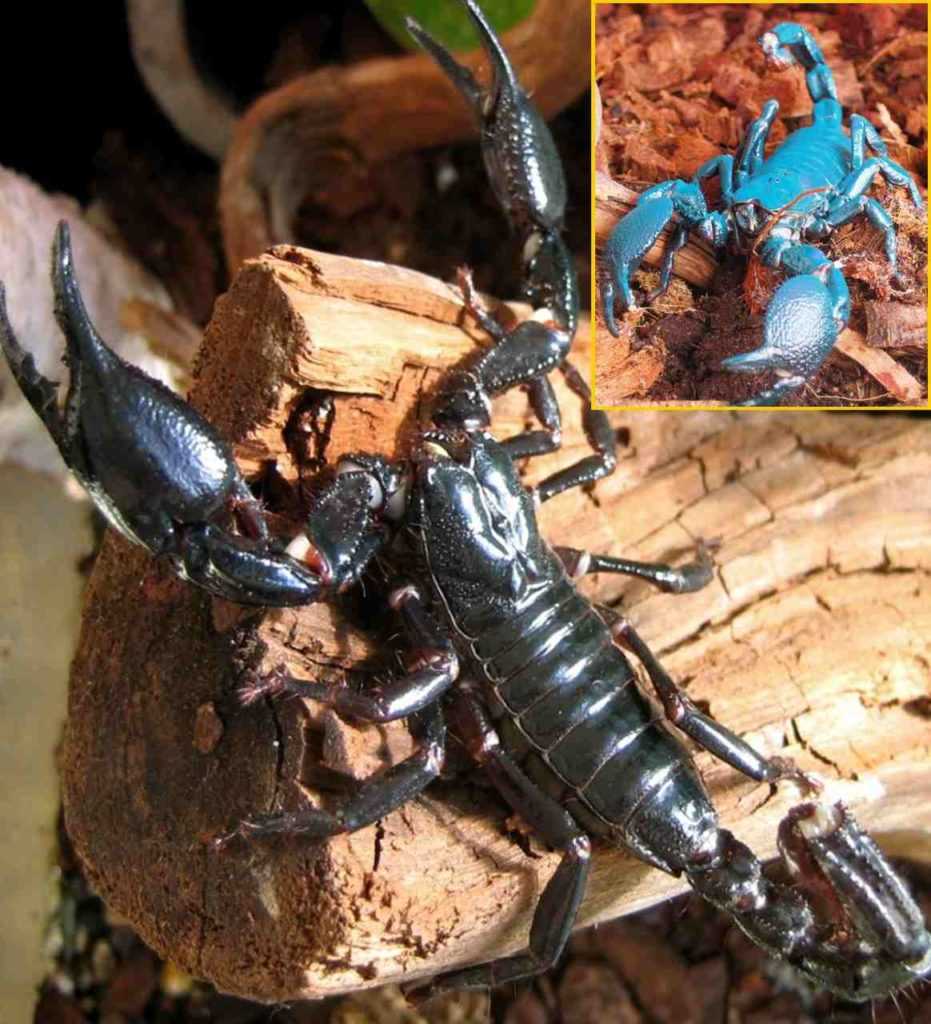
Pandinus imperator
The emperor scorpion (Pandinus imperator) is native to West Africa, reaches up to 22 cm in length and is considered one of the largest scorpions in the world. However, its venom is not dangerous to humans, its strength is comparable to that of a bee. Like other scorpions, Pandinus has a chitinous carapace that glows blue under ultraviolet light.
Latrodectus mactans
The Black Widow (Latrodectus mactans), known from cinema and literature, despite her small size (2 – 3 cm), has very strong venom, which is 15 times stronger than rattlesnake venom. However, due to its small amount, the black widow bite is rarely fatal to humans. Nonetheless, it causes paralysis and severe pain for up to 48 hours. This spider lives mainly in North America, it likes to live close to people, and can often be found in toilets under the toilet seat.
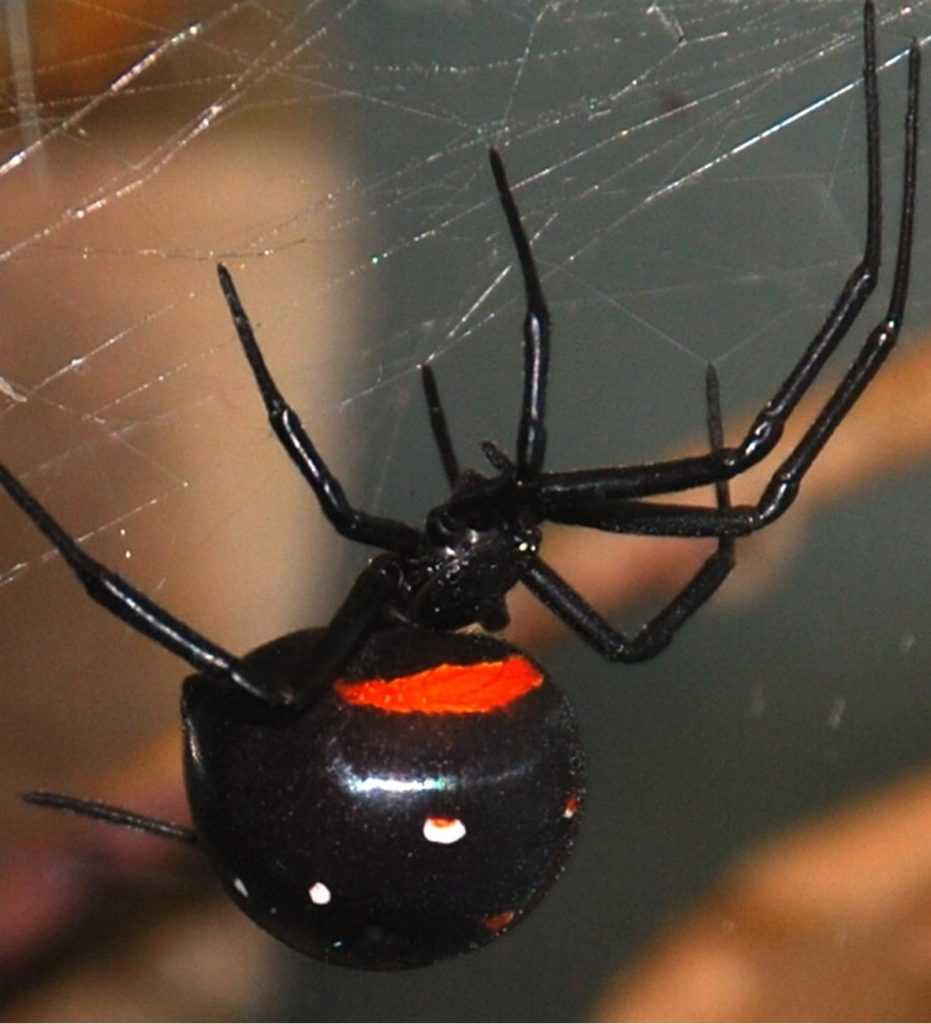
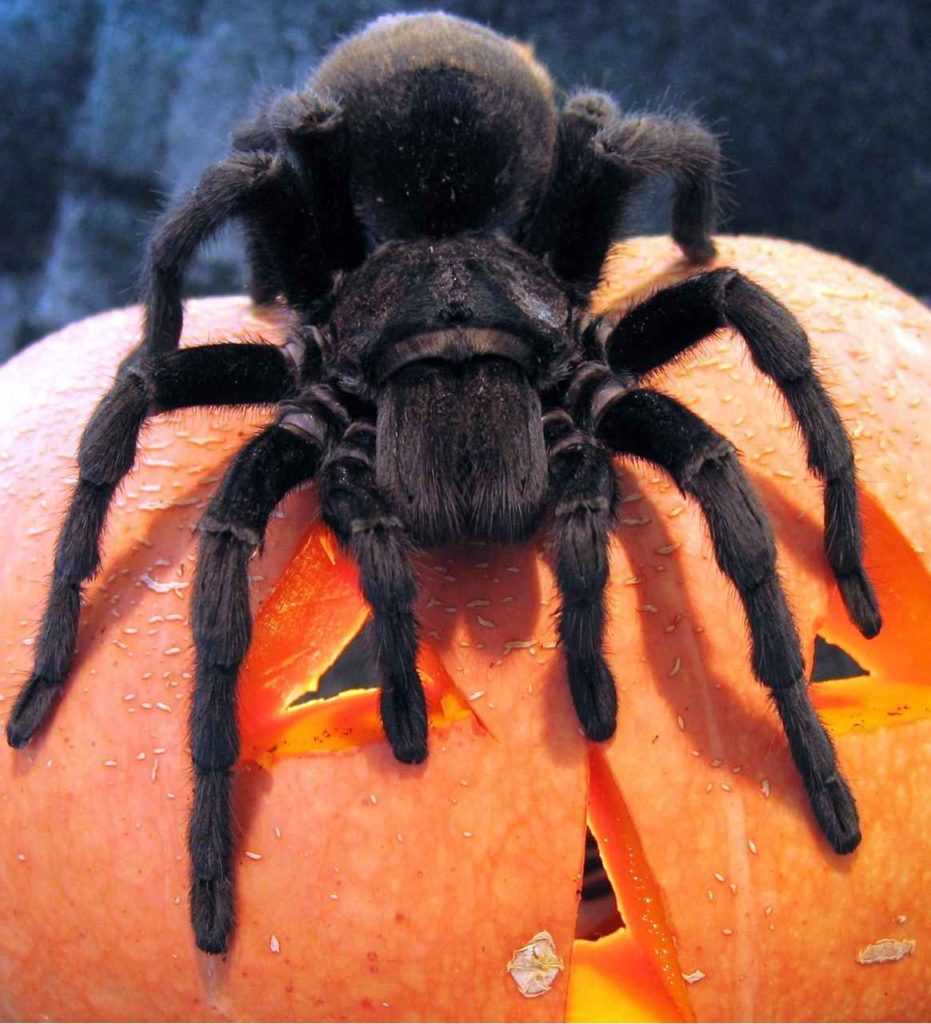
Arachnophobia
Arachnophobia is a more or less intense anxiety disorder that consists not only in feeling fear at the sight of a spider, but also in a distorted perception of it. The word “arachnophobia” comes from Greek mythology. Arachne, a beautiful maiden, had extraordinary skills in weaving and embroidery. She angered the goddess Athena, creating a more beautiful work than hers. The girl committed suicide out of fear. Athena, driven by remorse, decided to bring her back life, though no longer as a human, but as a spider weaving intricate webs.
Spider's Web
Spider web is several dozen times thinner than human hair and five times stronger than steel. It has excellent antiseptic and mechanical properties and can stretch up to 40 percent without breaking. Spider silk is among the strongest and toughest materials in the natural world. Small spiders make nets to catch prey, large individuals use spider webs as a material for building shelters. Some species use it as a means of transport, wind-blown thread can carry a spider up to several hundred kilometres.
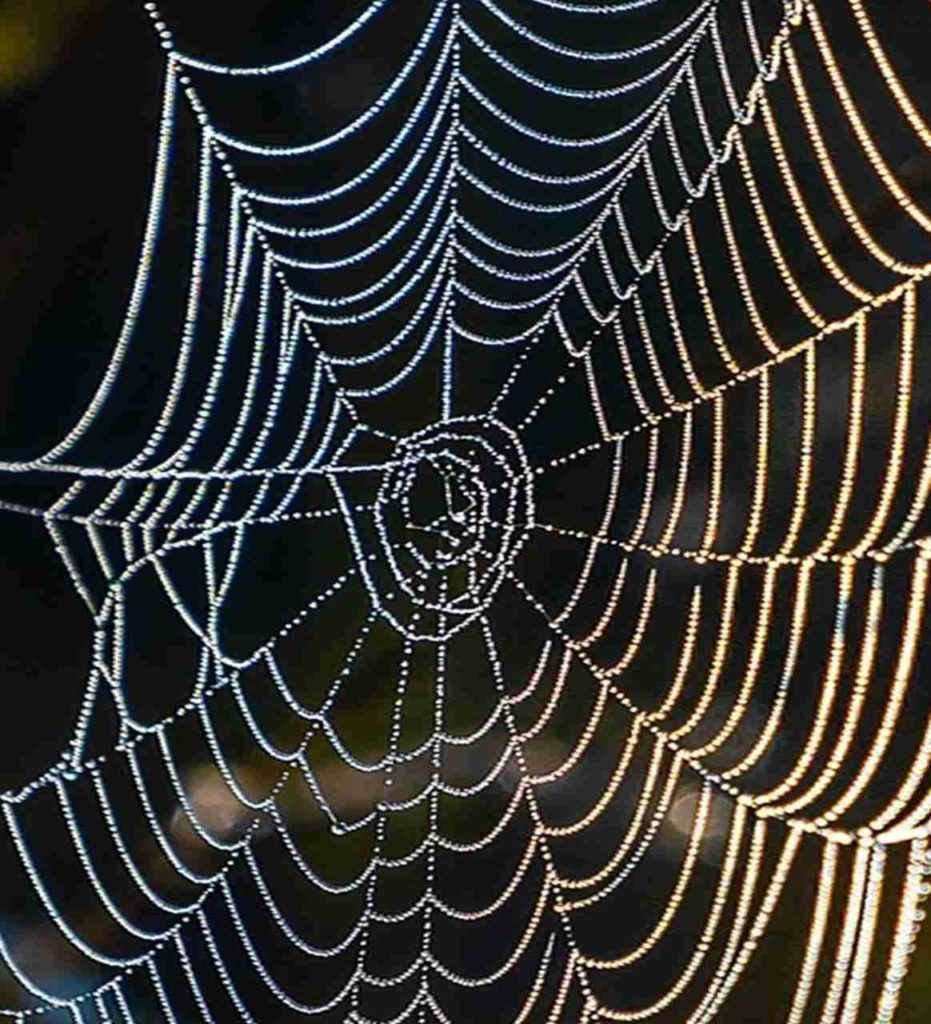
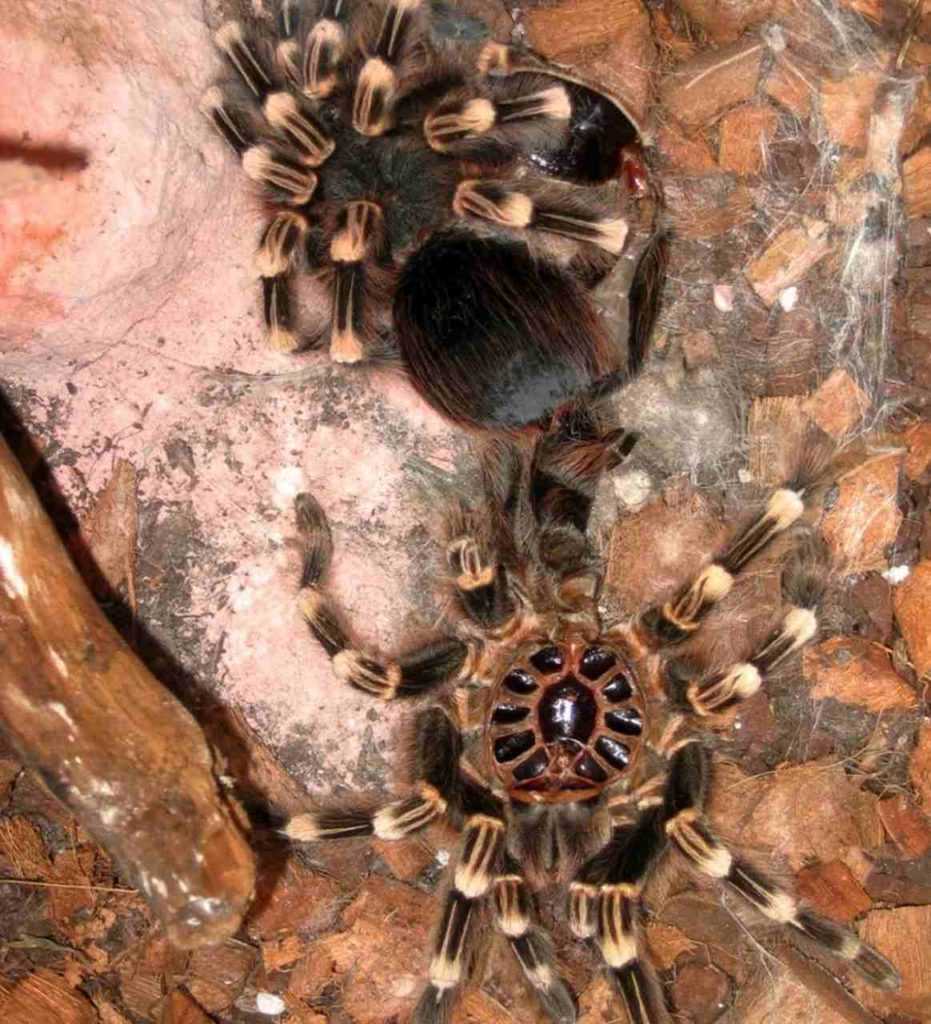
Molt
Like all arthropods, spiders have an external skeleton, which unfortunately does not grow with them. They therefore have to change it from time to time. Adult individuals do this once every 10 – 16 months, younger ones, of course, more often. Thanks to special softening enzymes and a local increase in pressure, they can shed the old layer. The new cuticle needs a few days to harden. Both during molting and shorty afterwards, spiders are very weak and defenceless, this is when they die most often.
Children
Many researchers believe that fear of spiders is a learned behavior and can be overcome with the help of a psychologist. Parents play a big role in developing anxiety. If they themselves react with an exaggerated aversion to the eight-legged creatures, their child also becomes afraid. This theory is further supported by the fact that the fear of spiders is present only in some parts of the world and is completely unknown to primitive peoples.
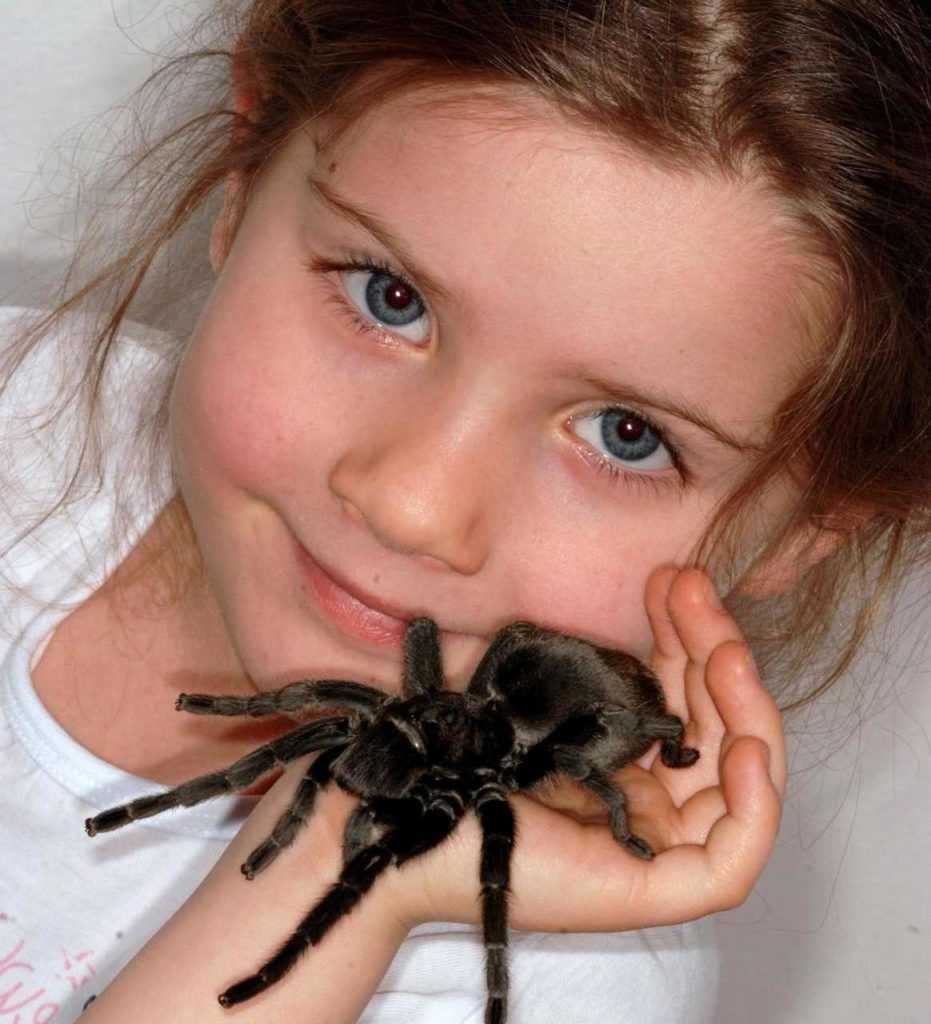
Exhibition
The exhibition consists of more than 40 live specimens of spiders and scorpions. Closed glass terrariums ensure safety and enable filming and photographing of the presented animals from a distance of 5-10 cm. Rich descriptions and information boards allow to get to know these creatures and their important role in the natural world. The presentation of the exhibition requires a space of 100-400 m², in one or more halls. The size of the exhibition can be adjusted to your needs and possibilities. More details can be found in the “About us” tab.
